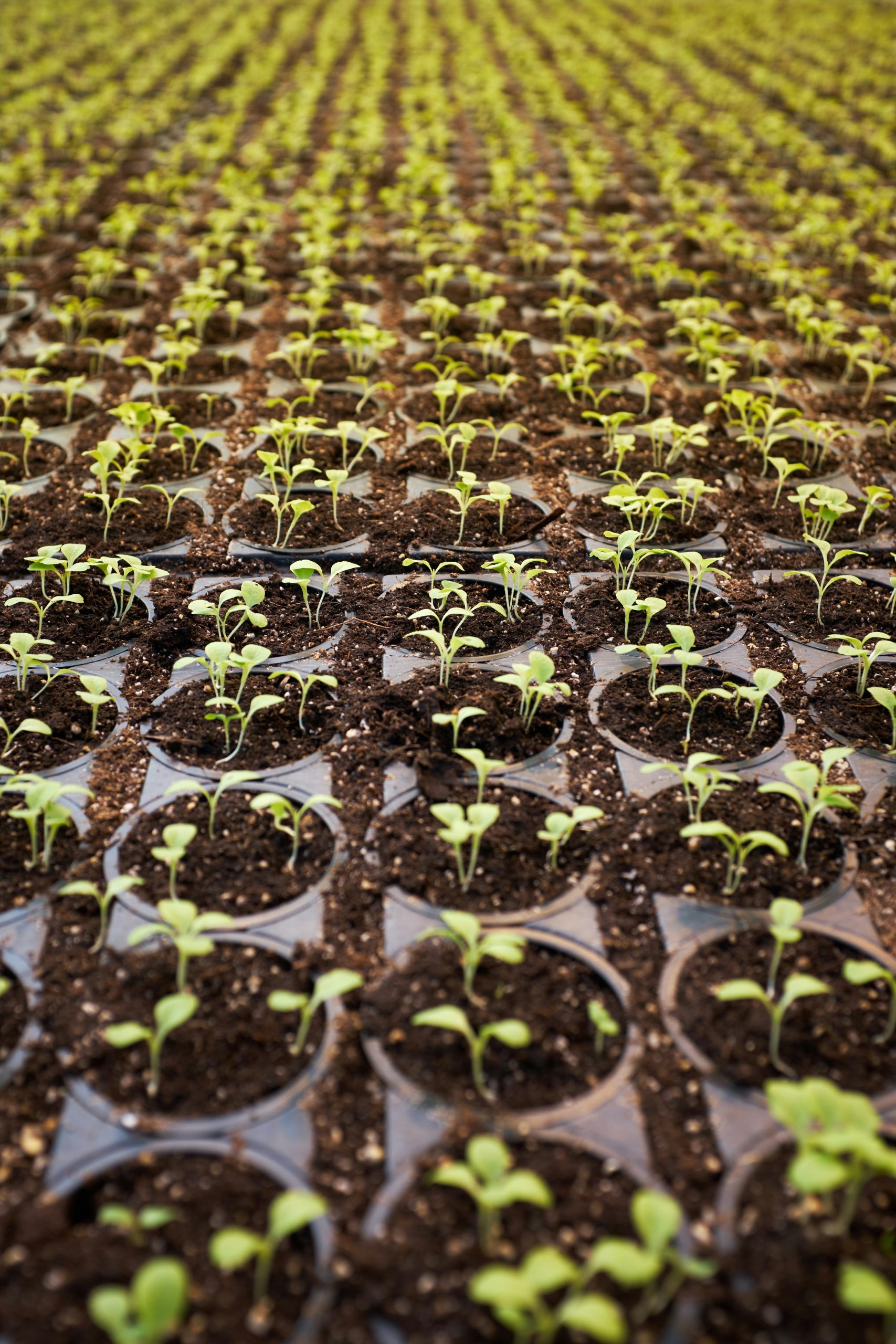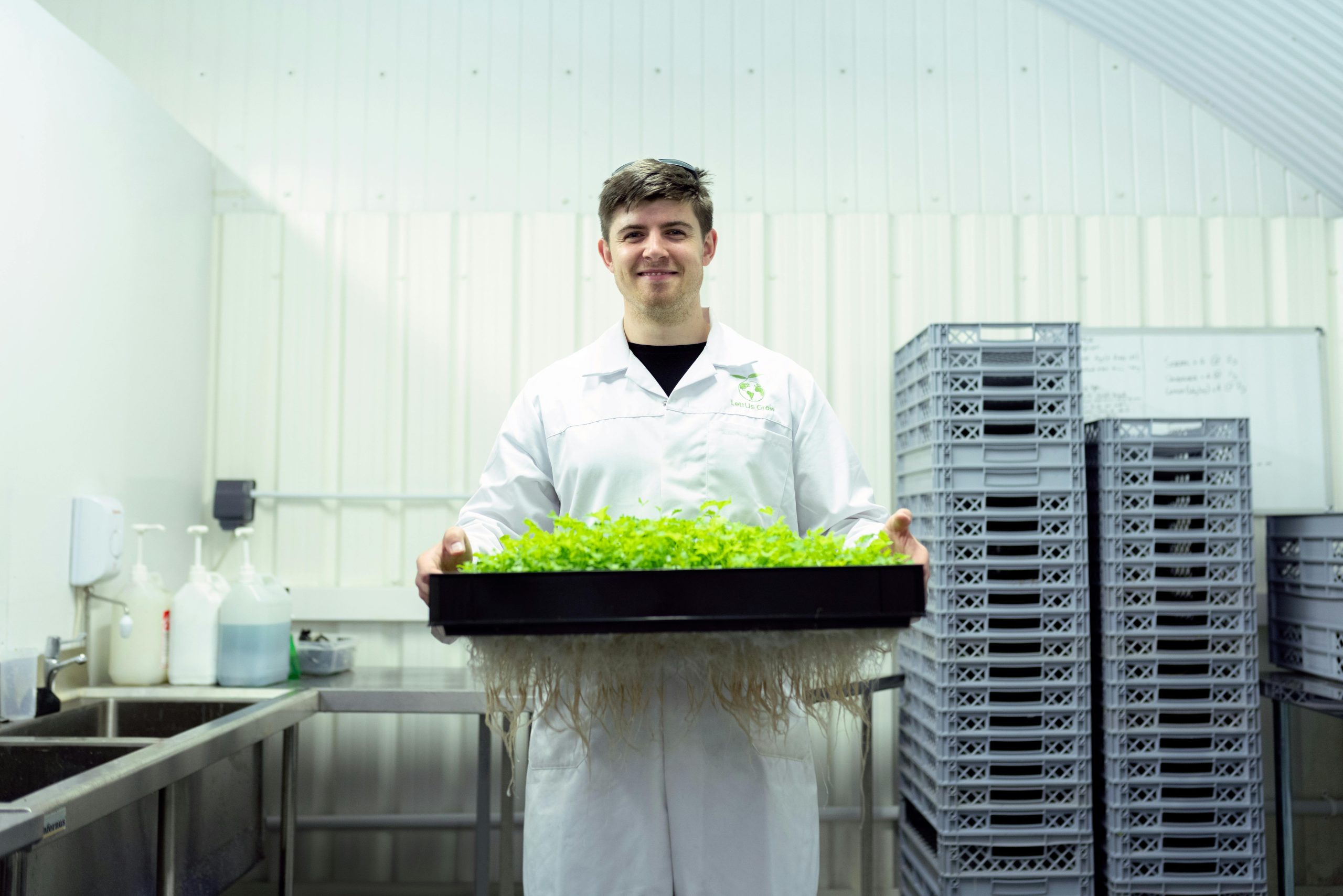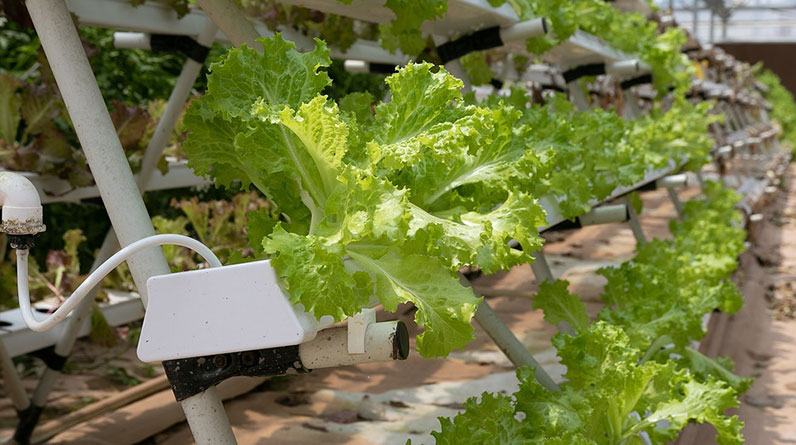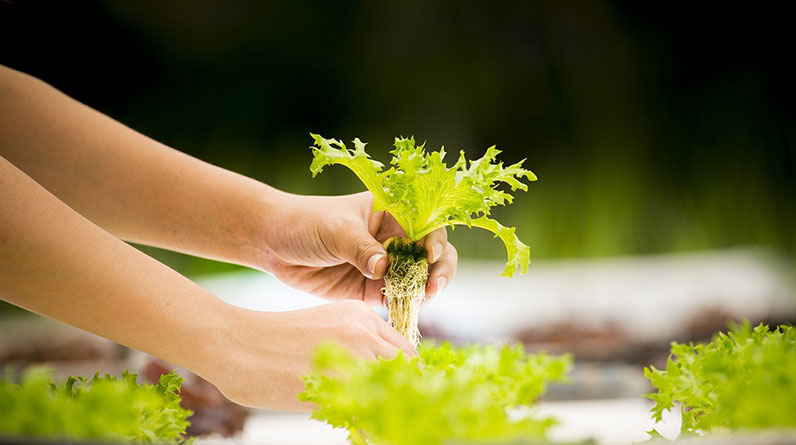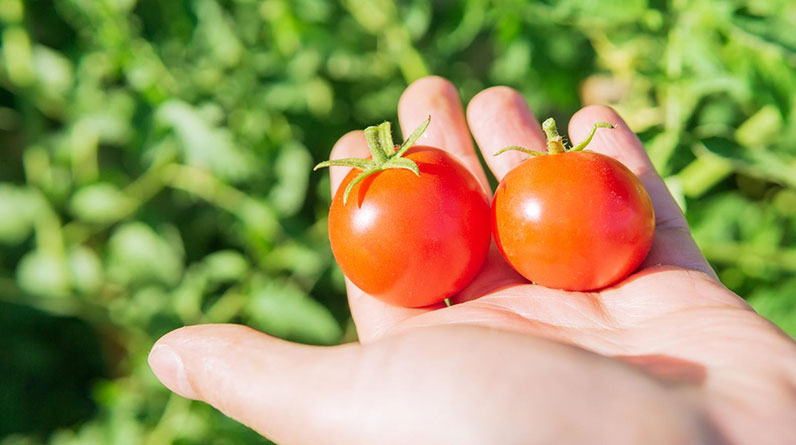
Choosing the Right Location
Understanding Your Environment
When I first started my gardening journey, I didn’t realize how crucial location could be. Plants, like us humans, prefer certain environments! Observing your backyard throughout the day is the first step. Notice where the sun hits and where there is natural shade. Each plant has different light requirements, and knowing the sunlight patterns can make a big difference.
Weather is another aspect to consider. If you live in a windy area, you might need to find a sheltered spot for delicate plants. After one particularly windy day, I had to learn the hard way why protecting my seedlings was important. A bit of planning can save your green babies from harsh conditions!
Finally, think about accessibility. You’ll want your garden close enough to your kitchen or living space to make harvesting easy. Trust me, the last thing you want after a long day is a trek across the yard just to grab some herbs for dinner.
Preparing the Soil
Testing Soil Quality
So, soil is basically the foundation of your garden, kinda like the bones of a house! A good garden starts with good soil. I started by buying a simple home soil test kit to understand the pH and nutrient levels. It’s a game changer! You might be surprised at what your soil is lacking and need to add.
Once I learned my soil’s quirks, I started to play around with soil amendments. Compost, for example, is a fantastic way to improve soil structure and fertility. I started making my own compost, and let me tell you, recycling kitchen scraps feels pretty good!
Mixing in organic fertilizers can also help get your soil into tip-top shape. My favorite is worm castings! These little guys provide a fantastic nutrient boost and help keep the soil structure intact. I’ve noticed an incredible difference in my plants just from this little addition.
Selecting Your Produce
Picking Plants That Thrive
Choosing what to grow is almost like picking your favorite candies—you want them all! I started with veggies that my family loves: tomatoes, cucumbers, and basil. If you have a taste for something specific, go for it! Just remember to consider your growing zone. Not every plant grows well in every area.
Also, think about how much space you actually have. I was overly ambitious with my first garden and ended up overcrowding my space. Some plants need room to stretch their roots, so plan accordingly. Now, I sketch out my garden before planting to avoid overcrowding!
Lastly, consider companion planting. Certain plants grow better together, and some can even repel pests! For example, I love growing marigolds among my vegetables for their pest-repelling properties. It’s like adding a natural bodyguard for your garden!
Watering Wisely
Developing a Watering Schedule
Watering may seem straightforward, but it can actually be an art! I’ve learned that plants typically prefer deep watering less frequently than shallow watering every day. Early mornings are usually the best time to water, as it allows the plants to soak it all in before the heat of the day hits.
Also, I always do the “finger test.” If the soil feels dry about an inch or two down, it’s watering time. I avoided this and lost a few plants due to overwatering and root rot. It’s so crucial to find that sweet balance!
Consider installing a rain gauge to help track rainfall in your area too. It gives you a better idea of how much supplemental water your plants might need. I’ve become quite the mini meteorologist in my own backyard!
Harvesting and Enjoying Your Produce
Knowing When to Harvest
Harvesting is probably my favorite part of the whole gardening process. The joy of picking your fresh produce is unmatched. Knowing when to pick can be tricky; each vegetable has its indicators! For example, peppers should be glossy and firm, while tomatoes often indicate readiness when they’re a uniform color.
Regular harvesting encourages plants to produce more. I learned this after letting a zucchini grow too big—now I set reminders to check my garden regularly. It’s like looking for hidden treasures every time!
Lastly, enjoy the fruits of your labor (literally)! Fresh produce tastes completely different than store-bought. I’ve thrown dinner parties showcasing my garden’s bounty, and it’s such a great conversation starter. Sharing what you grow makes for some really fun times with friends and family!
Frequently Asked Questions
1. What is the best time of year to start a garden?
Generally, spring is considered the best time to start a garden since the weather is warming up and chances of frost are lower. However, it can also depend on what you’re growing and your local climate.
2. How often should I water my vegetables?
It really depends on the type of plant and climate, but most vegetables need about an inch of water a week. Remember, deep watering is more effective than frequent shallow watering!
3. Can I use regular soil from my yard for planting?
You can, but it’s essential to test it first! Yard soil needs to be amended with nutrients and organic matter, especially if it’s compacted or lacking in certain minerals.
4. What are companion plants?
Companion plants are species that support each other’s growth. For example, planting basil near tomatoes can enhance their flavor and reduce pest issues!
5. How do I deal with pests in my garden?
A mix of preventive measures can help! You can use natural repellents like neem oil, introduce beneficial insects, or simply remove pests by hand. Keeping your plants healthy is your best defense!




